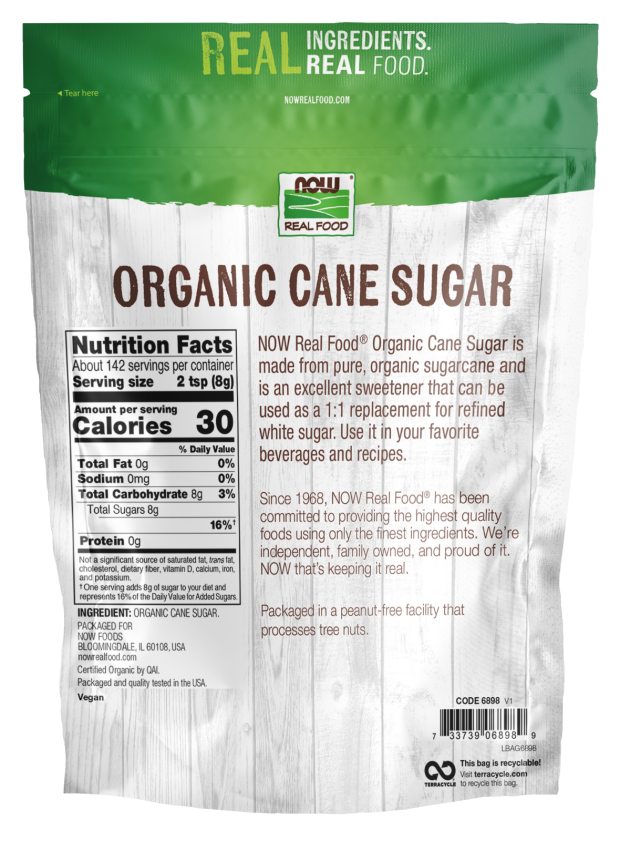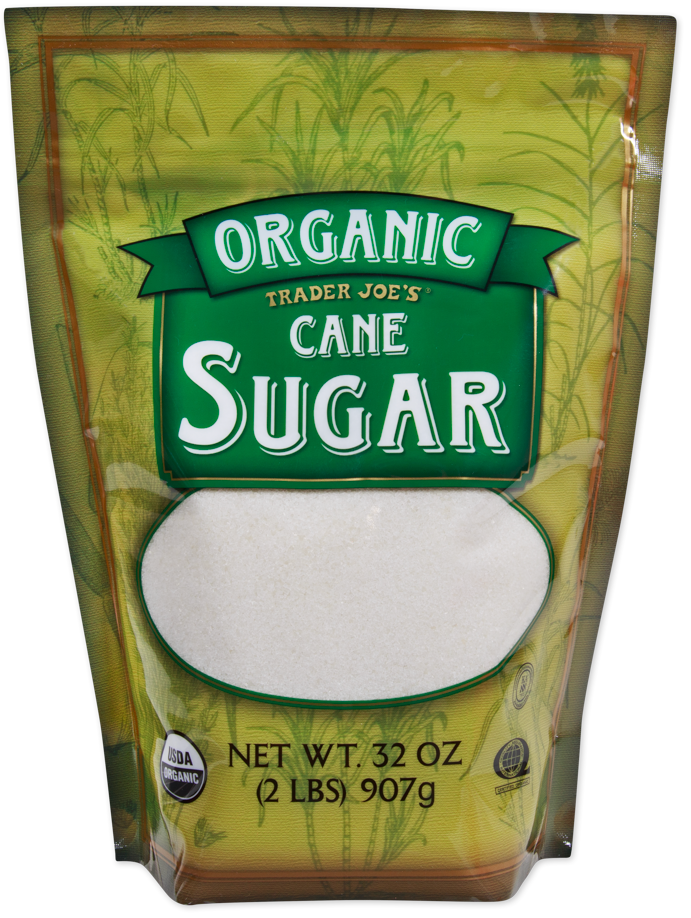Cane Sugar Processing: Typical Approaches and Modern Innovations
Cane Sugar Processing: Typical Approaches and Modern Innovations
Blog Article
A Thorough Guide to the Environmental Impact and Sustainability Practices in Walking Stick Sugar Processing
The environmental impact of walking cane sugar handling presents a complex array of obstacles that warrant mindful evaluation. From dirt deterioration and excessive water use to the carbon footprint associated with farming and manufacturing, the consequences of traditional techniques are significant. What specific techniques can be carried out to strike a balance in between productivity and ecological stewardship?
Introduction of Walking Stick Sugar Handling
Walking stick sugar processing entails a collection of systematic actions that transform sugarcane right into refined sugar. Initially, collected sugarcane is moved to refining facilities, where it undertakes cleaning up to get rid of soil and particles. Following this, the walking stick is squashed to draw out juice, which is then made clear by removing contaminations with home heating and the addition of lime.
The cleared up juice undertakes evaporation, where water is gotten rid of to concentrate the sugar web content. This concentrated syrup is after that taken shape with air conditioning, allowing sugar crystals to create. These crystals are separated from the staying syrup making use of centrifugation, resulting in raw sugar. To accomplish polished sugar, the raw item undergoes additional filtration processes, which may include filtering and washing to get rid of continuing to be impurities and color.
The end product is after that dried and packaged for distribution. Throughout this entire process, preserving performance and quality assurance is vital to ensure the sugar satisfies market requirements. Each action in cane sugar handling not just adds to the end product yet additionally has effects for source usage and waste generation, establishing the phase for discussions on sustainability and environmental impacts related to sugar production.
Environmental Difficulties of Production
The production of cane sugar presents a number of considerable ecological difficulties that warrant interest. One main worry is the substantial use agrochemicals, including chemicals and plant foods, which can cause soil degradation, biodiversity loss, and contamination of local water resources. The overflow from sugarcane fields commonly brings these chemicals into neighboring ecological communities, interfering with marine life and impacting the health of communities reliant on these water bodies.
An additional difficulty is the high energy intake related to sugarcane processing. The boiling and refining phases need substantial warmth, mostly generated by melting nonrenewable fuel sources, adding to greenhouse gas exhausts. Furthermore, the expansive land location required for sugarcane farming can cause deforestation and environment damage, further aggravating climate change and harmful wildlife.
In addition, the labor methods in some regions increase ethical worries, as workers might face inadequate working conditions and poor salaries. This scenario commonly perpetuates a cycle of hardship in local areas. Cane Sugar Processing. Dealing with these ecological difficulties is critical for establishing extra sustainable techniques in walking stick sugar manufacturing, eventually profiting both the environment and the neighborhoods involved in this market
Water and Land Usage Influence
Water sources and land use are vital parts in the cane sugar sector that dramatically influence the environment. The growing of sugarcane requires substantial water input, with quotes recommending that it can eat approximately 2,000 liters of water per kg of sugar created. This intensive use water often results in exhaustion of regional water resources, impacting not only the sugarcane plantations yet additionally bordering ecosystems and communities that count on the exact same water sources for agriculture and domestic use.

Furthermore, land usage for sugarcane cultivation can bring about deforestation and the conversion of all-natural habitats right into monoculture plantations. This technique lessens biodiversity, disrupts neighborhood communities, and adds to dirt destruction. The development of sugarcane fields commonly intrudes on beneficial agricultural land, creating competition for sources between food and biofuel manufacturing.
Lasting practices, such as enhancing watering strategies see this here and implementing plant turning, are important to alleviate these influences. By adopting much more reliable water use and land monitoring approaches, the cane sugar industry can decrease its environmental impact, ensuring a balance between agricultural efficiency and ecological conservation.
Greenhouse Gas Emissions
Greenhouse gas emissions represent a considerable ecological worry within the cane sugar processing sector, especially as farming methods broaden to fulfill international need. The farming of sugarcane, a plant that grows in exotic climates, counts greatly on artificial plant foods and chemicals, which add to laughing gas discharges. Furthermore, land-use modifications, including deforestation for brand-new sugarcane ranches, launch co2 kept in plants and soil.
During handling, power usage is another significant resource of greenhouse gas exhausts - Cane Sugar Processing. Lots of sugar mills use nonrenewable fuel sources to power equipment and produce heat, causing substantial carbon footprints. Furthermore, the transportation of raw sugarcane and ended up products includes layers of discharges through gas combustion in vehicles
The collective impact of these emissions aggravates environment adjustment, presenting risks not just to the environment yet also to the lasting practicality of the sector. Stakeholders need to recognize the immediate need for detailed methods that deal with these exhausts. This involves reviewing current farming practices, processing approaches, and transportation systems to determine areas for enhancement and mitigation. Addressing greenhouse gas discharges is vital for cultivating a more sustainable walking cane sugar industry in an altering environment.

Sustainable Practices and Innovations
Lasting methods and developments are significantly crucial in the cane sugar handling industry as stakeholders look for to minimize ecological impacts while keeping productivity. One substantial improvement is the implementation of incorporated crop administration, which optimizes resource usage by integrating dirt management, parasite control, and plant rotation methods. This discover this approach improves return while reducing chemical inputs and maintaining soil wellness.
Furthermore, the fostering of renewable resource resources, such as biomass from sugarcane residues, has actually gotten grip - Cane Sugar Processing. By converting waste products right into power, processing facilities can minimize their dependence on fossil fuels, therefore lowering greenhouse gas discharges
Water monitoring practices have likewise seen enhancements with the recycling and reusing of water in handling plants, considerably lowering freshwater intake. Developments in innovation, such as accuracy farming, make it possible for farmers to keep track of crop health and wellness and source use better, making sure lasting farming practices.
Additionally, accreditation programs like Fair Profession and Jungle Partnership urge eco liable farming techniques and advertise social equity within the supply chain. By embracing these sustainable practices and innovations, the walking stick sugar handling sector can improve its durability and add favorably to ecological stewardship.
Verdict
The environmental effect of walking stick sugar handling offers significant challenges, including dirt deterioration, high water intake, and greenhouse gas exhausts, alongside honest worries related to labor methods. Dealing with these problems with lasting techniques, such as incorporated crop administration, eco-friendly energy adoption, and water recycling, is vital. By promoting socially equitable and environmentally responsible methods in sugar production, the industry can mitigate its damaging results, making certain an extra lasting future for both communities and communities associated with this sector.
Walking stick sugar processing includes a series of systematic actions that change sugarcane into refined sugar. Each step in walking stick sugar processing not just contributes to the final product however likewise has implications for source use and waste generation, establishing the stage for discussions on sustainability and environmental influences connected with sugar manufacturing.
Greenhouse gas discharges represent a substantial environmental problem within the walking stick sugar processing industry, specifically as farming methods expand next to fulfill worldwide need.Lasting methods and developments are increasingly essential in the walking cane sugar processing industry as stakeholders look for to decrease ecological effects while keeping performance.The environmental influence of walking stick sugar handling provides substantial challenges, consisting of soil degradation, high water usage, and greenhouse gas exhausts, together with honest worries associated to labor methods.
Report this page